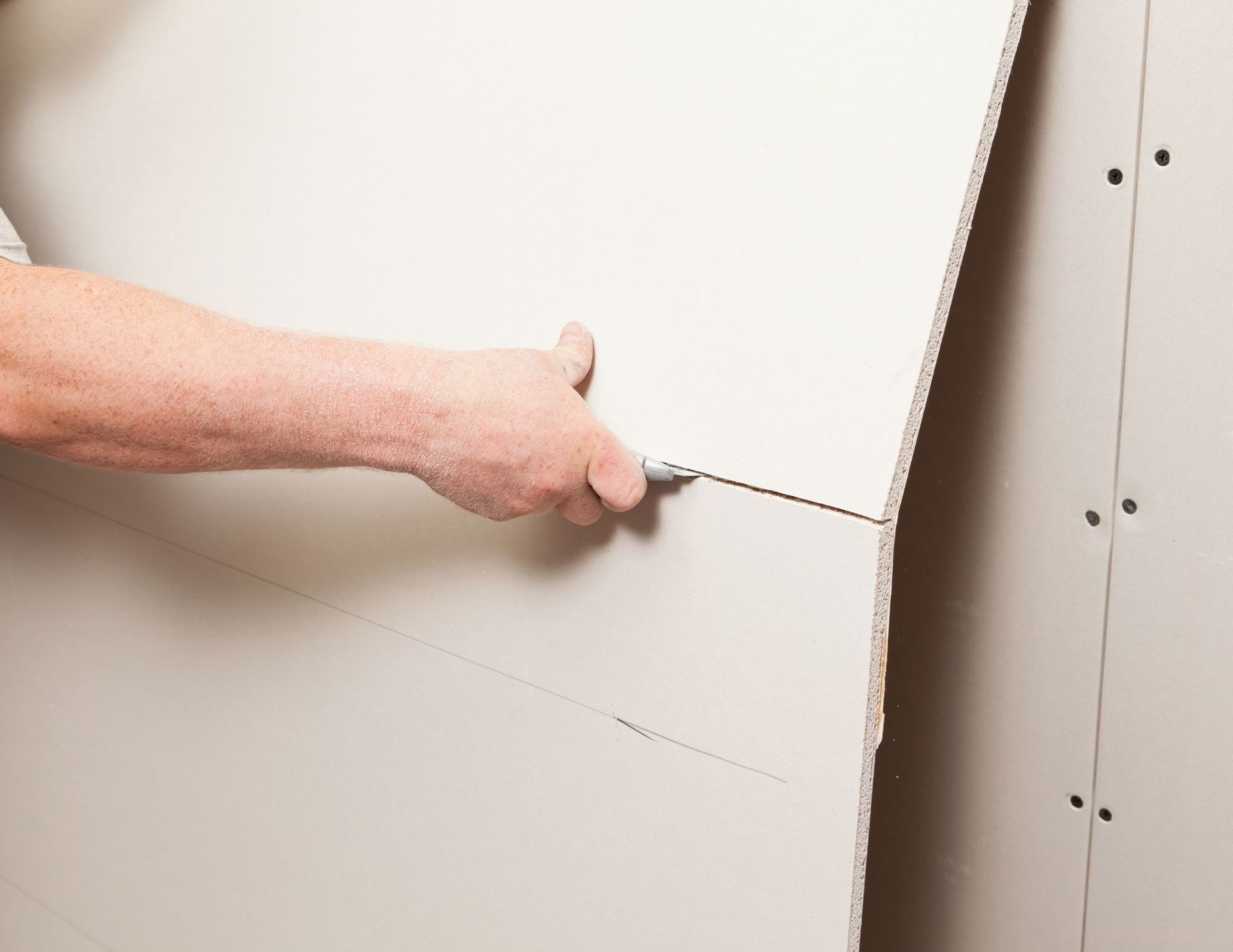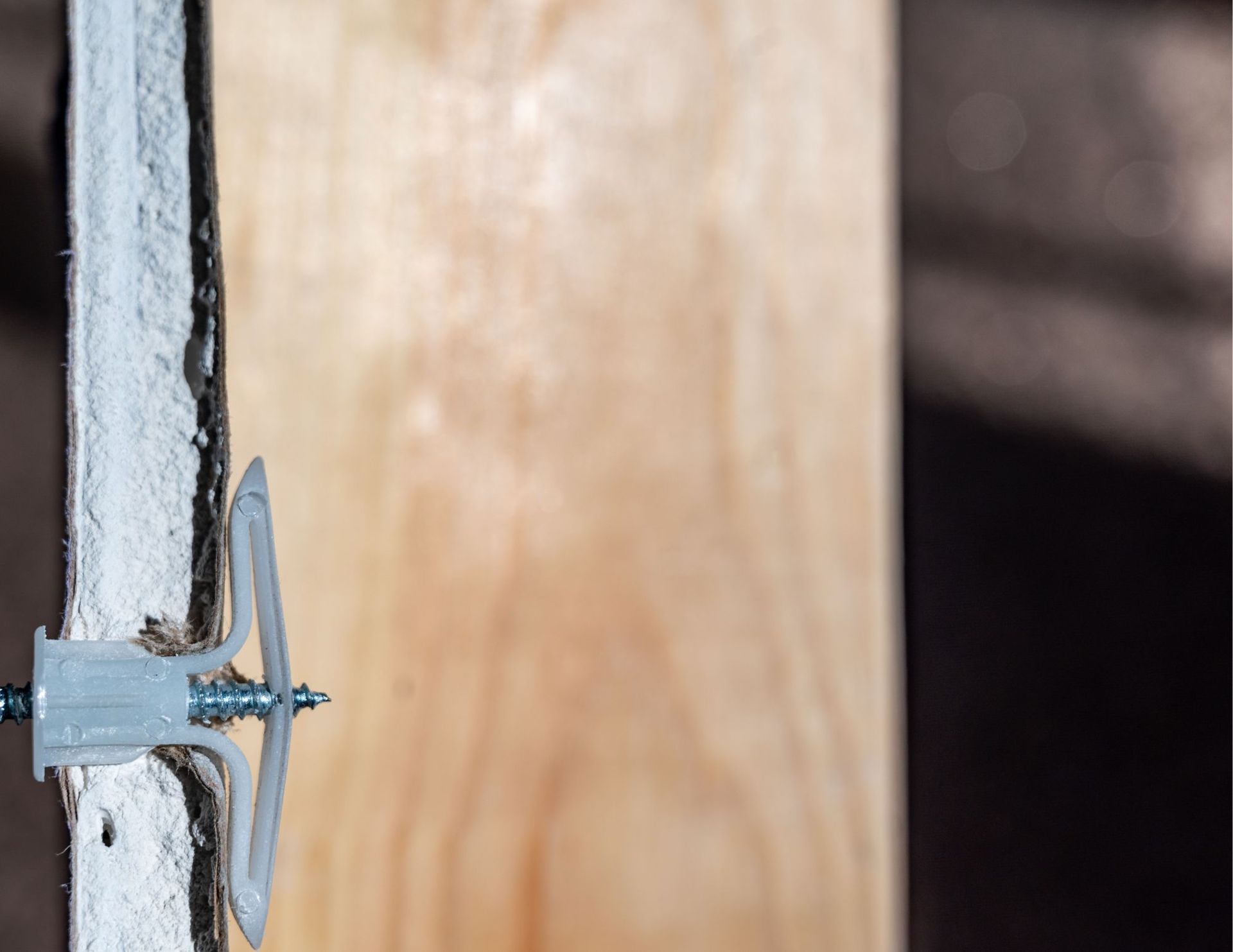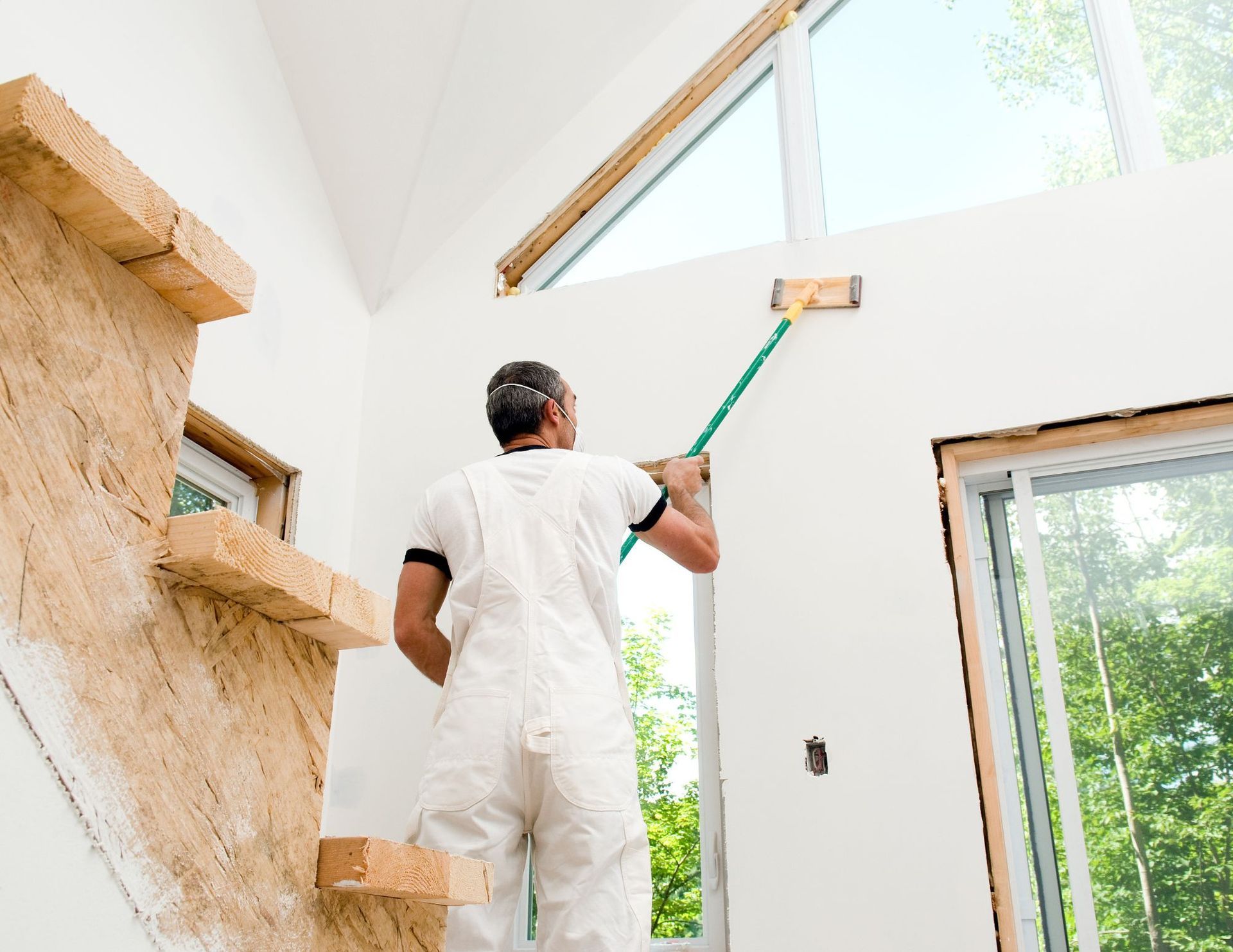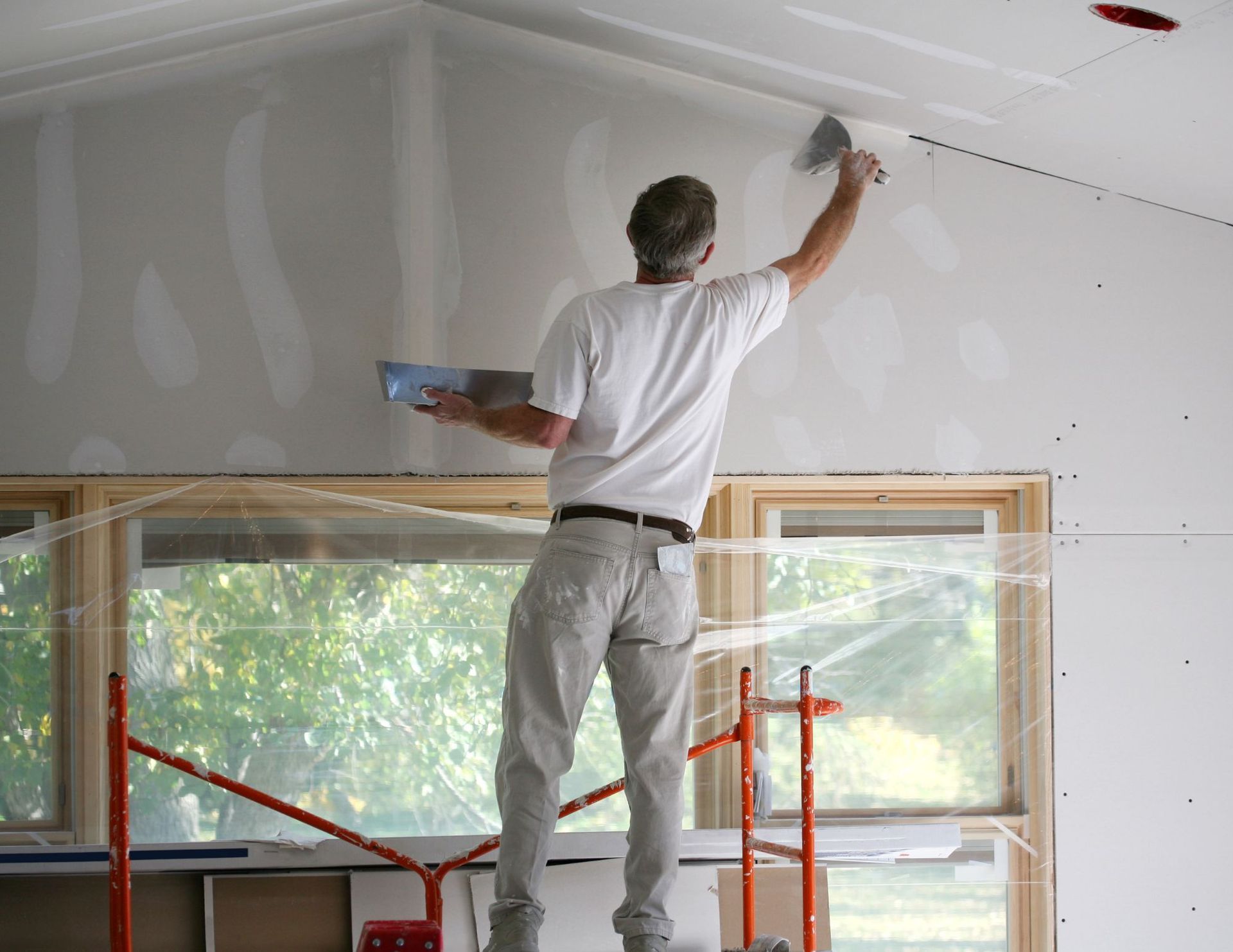How to Cut Drywall
Looking to do your own drywall work? Here's how to cut drywall properly

Drywall is the backbone of any modern interior construction, providing a smooth, even surface for walls and ceilings. Whether you're renovating, repairing, or installing new drywall, mastering the technique of cutting it is crucial for a successful project. Cutting drywall might seem daunting at first, but with the right tools and techniques, it can be a straightforward task. In this comprehensive guide, we'll walk you through the step-by-step process of cutting drywall like a pro.
Gather the Necessary Tools
Before you start cutting drywall, ensure you have the right tools at your disposal:
- Utility Knife: A sharp utility knife is the primary tool for scoring and cutting drywall.
- Tape Measure and Pencil: Precise measurements are key. Use a tape measure and pencil to mark where you'll cut.
- Straight Edge: A T-square or a straight piece of lumber helps ensure straight cuts.
- Drywall Saw or Keyhole Saw: For cutting openings or curves in the drywall.
- Drywall Rasp: Used for smoothing rough edges after cutting.
Preparation and Safety Measures
- Measure and Mark: Use a tape measure to determine the necessary dimensions and mark the drywall. Double-check measurements before cutting.
- Protective Gear: Wear safety goggles and a dust mask to shield your eyes and lungs from dust particles.
- Prepare the Work Area: Lay the drywall on a flat surface with enough room to maneuver.
Cutting Straight Lines
Follow these steps for cutting straight lines on drywall:
- Score the Drywall: Using a utility knife, score the front side of the drywall along the marked line. Apply firm pressure but avoid cutting too deep to prevent damaging the underlying surface.
- Snap Along the Score Line: Gently bend the drywall along the scored line to create a crease. Press firmly on the backside to snap the drywall along the scored line cleanly.
- Cut the Back Paper: Use the utility knife to cut through the back paper, ensuring a clean edge.
Cutting Openings and Curves
Cutting openings or curves in drywall requires a slightly different approach:
- Mark the Opening: Use a pencil to outline the shape of the opening or curve on the drywall.
- Drill Starter Holes: For larger openings or curves, drill starter holes along the outline to provide space for the saw blade.
- Use a Drywall Saw: Carefully cut along the marked outline using a drywall saw or keyhole saw. Take your time and follow the lines accurately.
- Smooth the Edges: Use a drywall rasp to smooth any rough edges around the opening.
Tips for Efficiency and Precision
- Sharp Blades: Ensure your utility knife blades are sharp. Dull blades can tear the drywall instead of cutting cleanly.
- Measure Twice, Cut Once: Double-check measurements before making any cuts to avoid mistakes.
- Practice Patience: Take your time, especially when cutting intricate shapes or curves. Rushing can lead to errors.
- Support the Drywall: Have someone assist you in holding larger pieces of drywall to prevent them from breaking while cutting.
Conclusion
Cutting drywall may seem intimidating initially, but with the right tools, techniques, and safety measures, it can be a manageable task. Whether you're making straight cuts for wall installation or cutting openings for outlets and fixtures, precision and patience are key. Remember to measure accurately, use proper safety gear, and take your time to achieve clean and precise cuts.
By following the steps outlined in this guide and practicing these techniques, you'll be well-equipped to handle any drywall cutting task with confidence and efficiency. With patience and practice, you'll soon become proficient in cutting drywall like a seasoned professional.
Whether you're a DIY enthusiast or a seasoned contractor, mastering the art of cutting drywall is an essential skill that will serve you well in various home improvement projects.
You might also like


